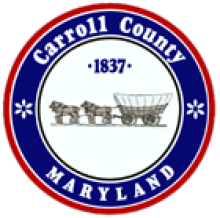Carroll County, Maryland, Partners with Coop To Bring Fiber to Area Businesses
Carroll County, Maryland, has announced a partnership with the Maryland Broadband Cooperative to bring fiber-optic broadband to area businesses that have been neglected by incumbent providers.
The county brought the broadband cooperative in to lease out unused fiber on the county’s 110-mile network, which it built over the past two years. The cooperative will connect business customers with its own members, which include various sizes of Internet service providers that can link the businesses to the network. Prices will vary depending on the service provider and location of the business.The Carroll County Times offers greater coverage in a story by Marc Shapiro. The County's $9 million network is financed in part with cost savings from transitioning away from $600/month T1 lines and is the result of many years of work. Remember that a T1 offers 1.5 Mbps of connectivity, the new fiber network likely offers 100Mbps to 1Gbps today and is capable of offering much greater capacity in the future. Building these networks is a far smarter move than leasing T1 lines.
Every county school, every major county facility and Carroll Community College is on broadband Internet, said Mark Ripper, chief information officer with the Carroll County Department of Technology Services. All county facilities and libraries and the board of education will have broadband Internet shortly, he said. The Maryland Broadband Cooperative, a public/private partnership that promotes economic development through technological infrastructure, will lease the "dark fiber," unused fiber, to its member companies, who can in turn sell Internet service to local businesses. The MDBC has 59 members, about 30 of which are Internet providers, said Patrick Mitchell, president and CEO of the MDBC.




